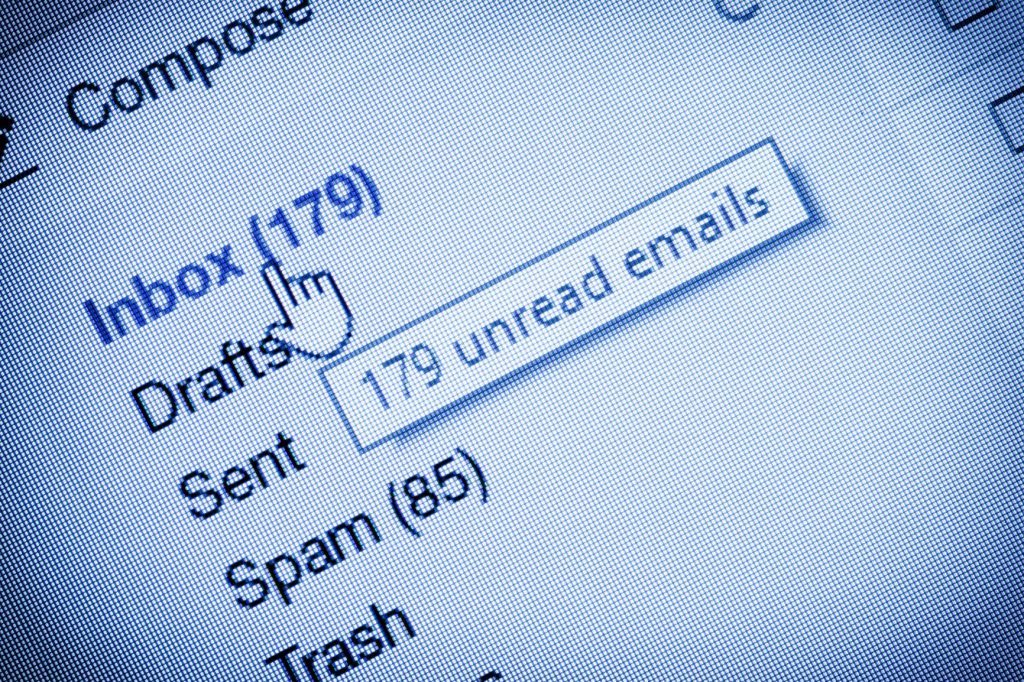Healthcare Technology: Improving Privacy

It seems that the healthcare system is finally catching up with the rest of the world from a healthcare technology standpoint. Advancements in healthcare IT are aiding in stabilizing costs and increasing access to healthcare treatment. However, these innovations, while much needed, raise serious concerns about data privacy and cybersecurity. Today we’ll take a look […]
Disposing of Connected Devices: What You Should Know

Unfortunately, technology does not last forever, and today’s culture of upgrades means that users of smartphones and other devices are constantly updating even when they don’t need to. This practice can extend to businesses, too. Businesses need to have a strategy in place that they can use when it is time to upgrade from older […]
Don’t Let Data Backup Concerns Hold Your Business Back

Your business is not unique in the sense that it stores and transmits data during its day-to-day routines. Whether it’s financial information for your clients or employee records, it is more than likely that your business holds some kind of critical data that your operations rely on throughout the workday. Would your operations be able […]
How to Get Control of Your Email Inbox

As you read this sentence, think about the current state of your email inbox. Is it clean and crisp with only a handful of new emails on a daily basis, or is it an entangled mess filled with hundreds (or even thousands) of unread and often unimportant emails? If it’s the latter, you’re in luck; […]
Cloud-Hosted Tools Your Business Should Consider

The cloud has provided organizations with countless ways to innovate and improve operations. Still, for those who are just now jumping on this great opportunity, you might have some questions about how to get the most out of the cloud or how even to get started. Let’s discuss some of the major benefits of cloud-hosted […]

